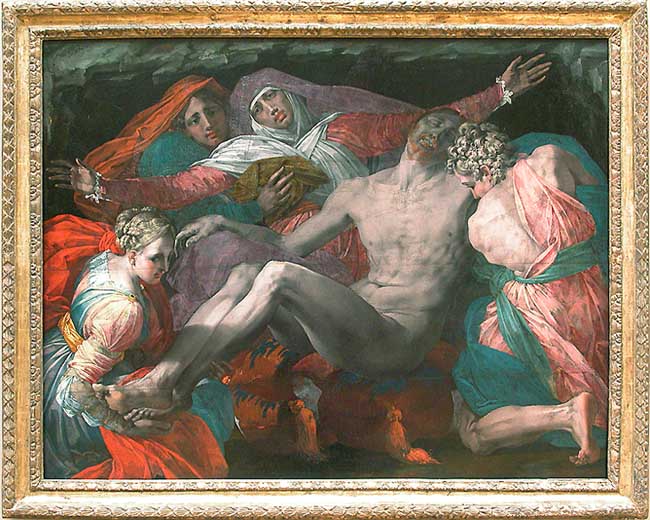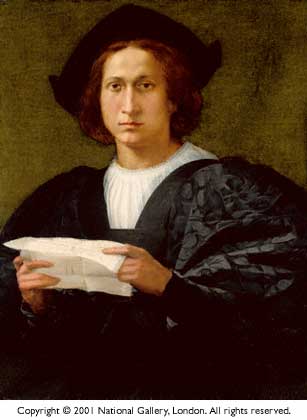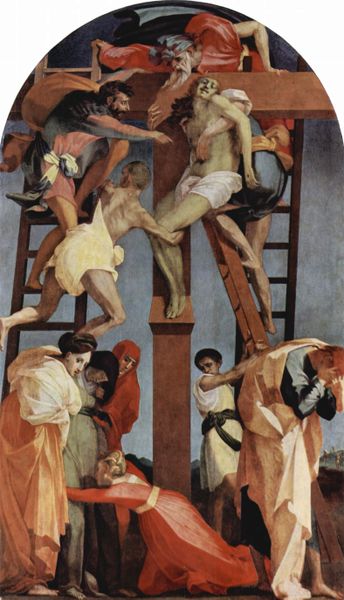Il Rosso (1494-1540)
Get a Rosso Certificate of Authenticity for your painting (COA) for your Rosso drawing.
For all your Rosso artworks you need a Certificate of Authenticity (COA) in order to sell, to insure or to donate for a tax deduction.
Getting a Rosso Certificate of Authenticity (COA) is easy. Just send us photos and dimensions and tell us what you know about the origin or history of your Rosso painting or drawing.
If you want to sell your Rosso painting or drawing use our selling services. We offer Rosso selling help, selling advice, private treaty sales and full brokerage.
We have been authenticating Rosso and issuing certificates of authenticity since 2002. We are recognized Rosso experts and Rosso certified appraisers. We issue COAs and appraisals for all Rosso artworks.
Our Rosso paintings and drawings authentications are accepted and respected worldwide.
Each COA is backed by in-depth research and analysis authentication reports.
The Rosso certificates of authenticity we issue are based on solid, reliable and fully referenced art investigations, authentication research, analytical work and forensic studies.
We are available to examine your Rosso painting or drawing anywhere in the world.
You will generally receive your certificates of authenticity and authentication report within two weeks. Some complicated cases with difficult to research Rosso paintings or drawings take longer.
Our clients include Rosso collectors, investors, tax authorities, insurance adjusters, appraisers, valuers, auctioneers, Federal agencies and many law firms.
We perform Il Rosso art authentication, appraisal, certificates of authenticity (COA), analysis, research, scientific tests, full art authentications. We will help you sell your Il Rosso or we will sell it for you.

Rosso Fiorentino (meaning “the Red Florentine” in Italian),or Il Rosso, whose name was Giovan Battista di Jacopo, was an Italian Mannerist painter, in oil and fresco, belonging to the Florentine school.

Born in Florence with the red hair that gave him his nickname, Rosso first trained in the studio of Andrea del Sarto alongside his contemporary, Pontormo. Fleeing Rome after the Sacking of 1527, Rosso eventually went to France where he secured a position in the court of Francis I in 1530. He remained there until his death. Together with Francesco Primaticcio, he was one of the leading artists to work at the Chateau Fontainebleau as part of the “First School of Fontainebleau”), spending much of his life there. Following Rosso’s death, which was not suicide as claimed by Vasari, in 1540, Francesco Primaticcio took charge of the artistic direction at Fontainebleau.


Rosso’s reputation, along those of other stylized late Renaissance Florentines, was long out of favor in comparison to other more naturalistic and graceful contemporaries, but has revived considerably in recent decades. His poses are certainly contorted, and his figures often appear haggard and thin, but his work has considerable power. Although many major museums have examples, it did not help that his masterpiece was and is in a city off the normal tourist track.


His masterpiece is generally considered to be the Deposition or Descent from the Cross altarpiece in the Pinacoteca Comunale di Volterra (initially painted for the Duomo). In contrast to the frozen grief of other depositions, this one appears as a hurried and complicated operation, while the figures below have simple and forceful expressions of quiet grief, with powerful expressions hinted at by hidden faces. The sky is somber. The three ladders and those carrying down Christ appear precarious. Christ himself is sallow. Contrast this frenetic, windswept scene with the equally complex, but more restrained composition on the same theme by the near contemporary Florentine Mannerist Pontormo.

Still wondering about an Italian painting in your family collection? Contact us…it could be by Il Rosso.
Reviews
1,217 global ratings
5 Star
4 Star
3 Star
2 Star
1 Star
Your evaluation is very important to us. Thank you.
